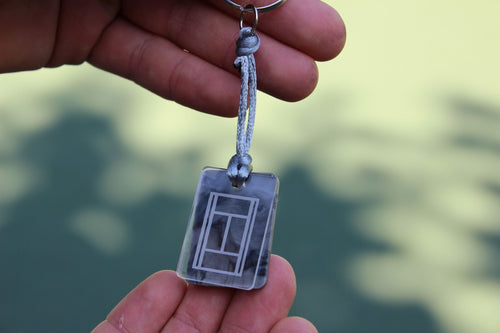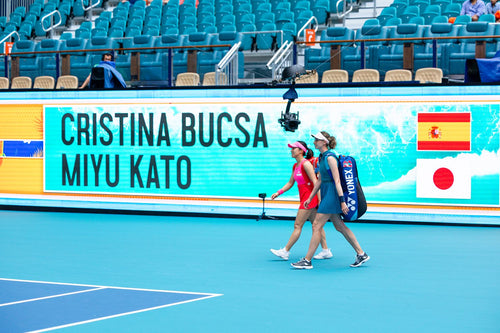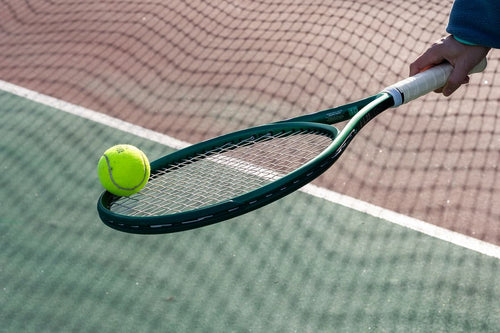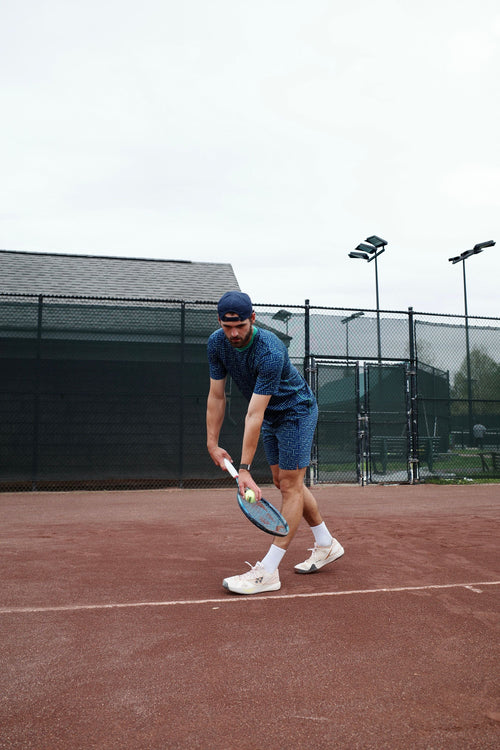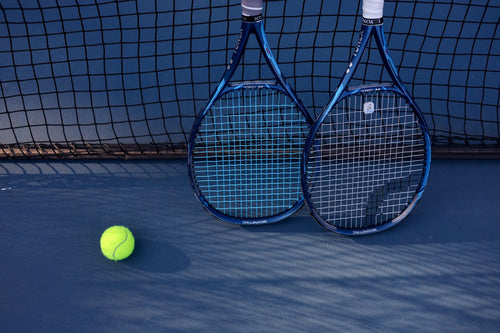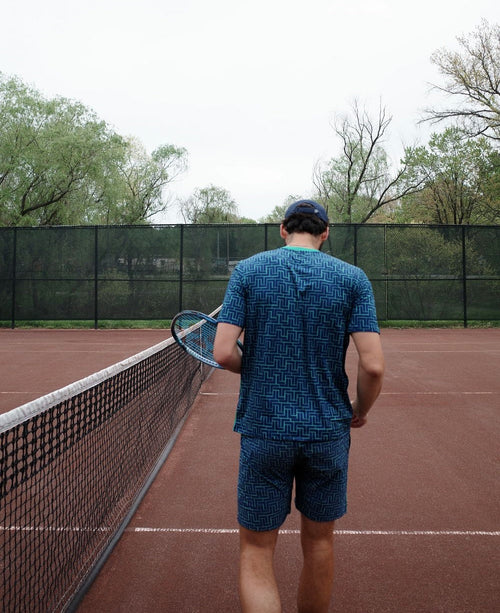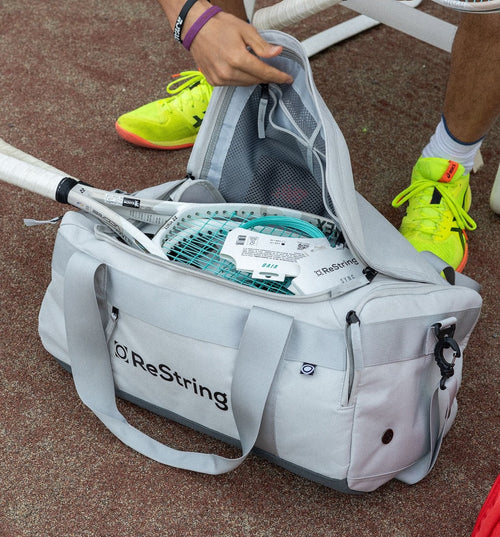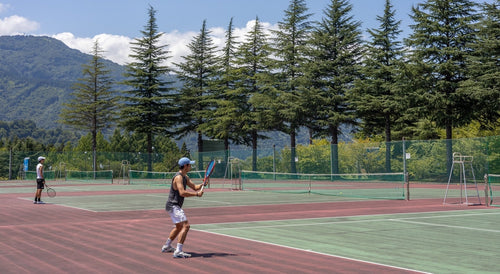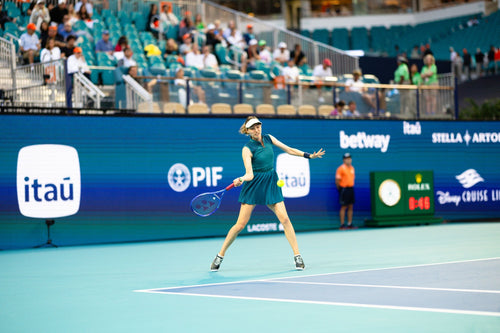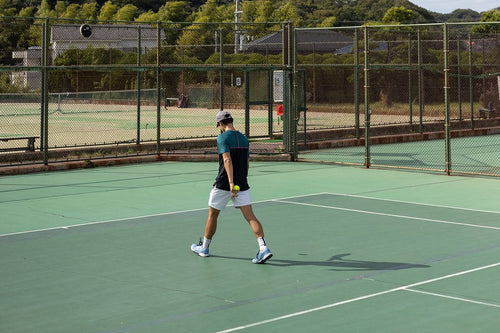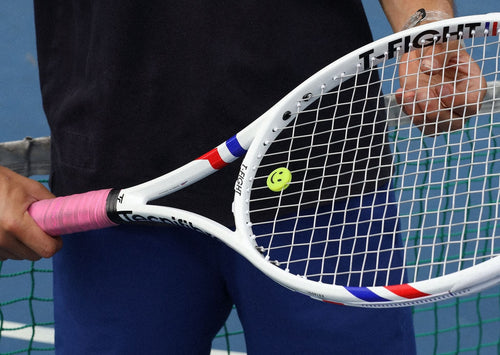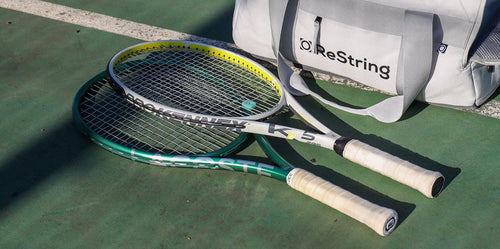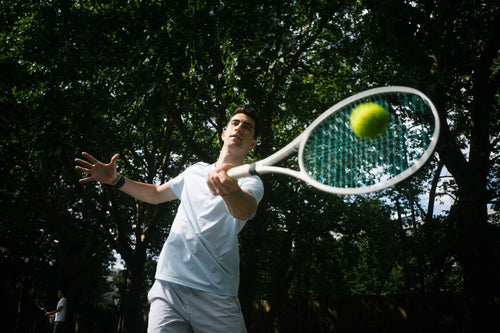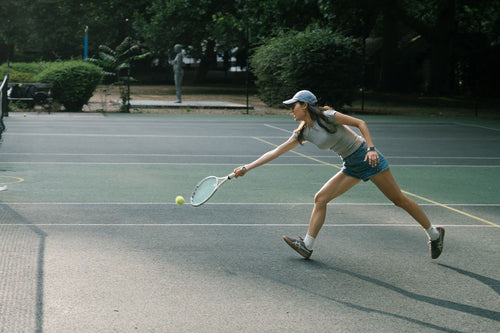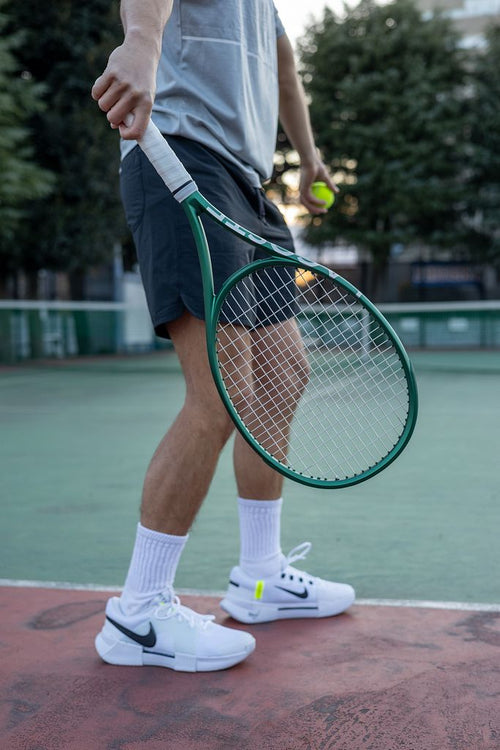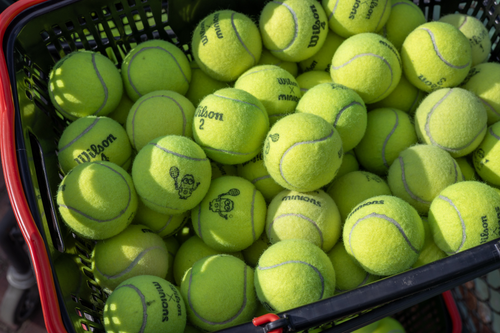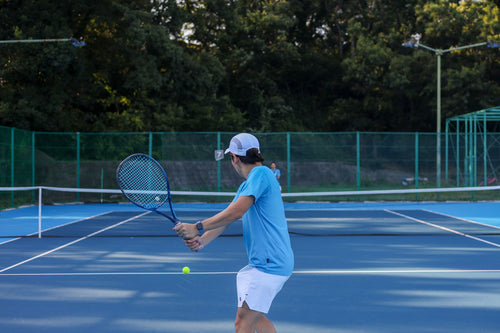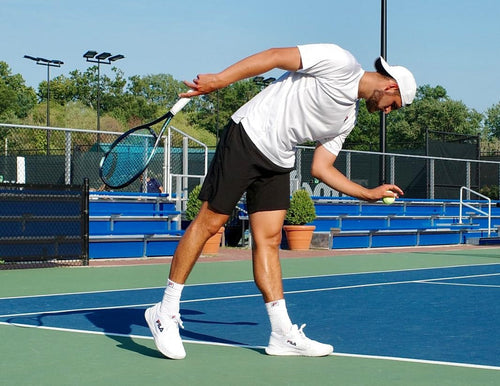NCAA College Tennis Season Explained
Juan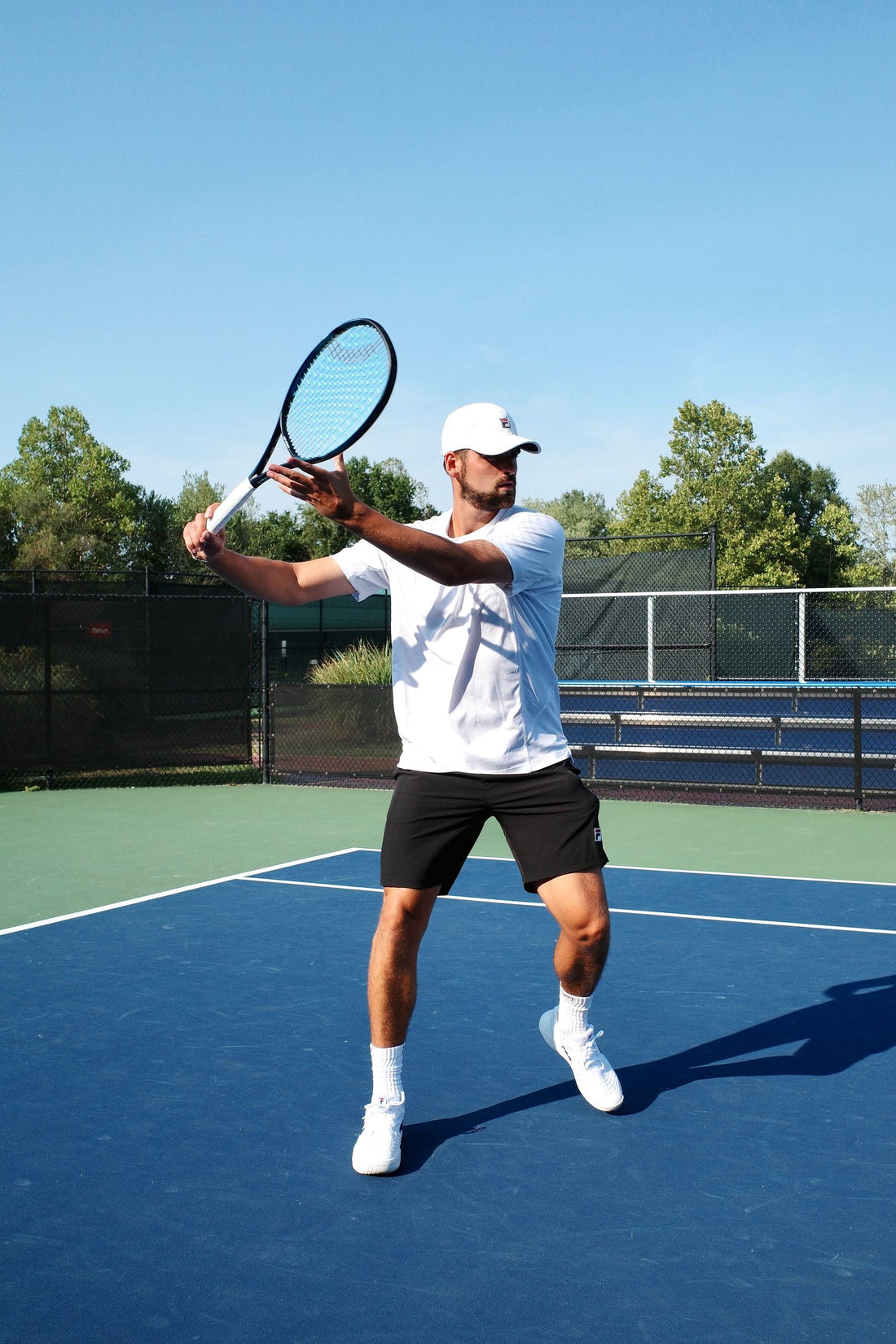
The US college tennis season is a bit unusual if you're used to following the pro tour.
It is split into two parts with an individual focus in the fall and team focus in the spring. Below we’ll go into more detail about each part of the season and what makes NCAA tennis unique.
Fall Season: Individual Competitions
Players compete in ITA tournaments like Regionals and the All American Championships during the fall months from September through November
These tournaments run with individual draws rather than team competitions. You'll see singles and doubles brackets similar to ATP and WTA events, where players compete for themselves rather than their school.
The week before Thanksgiving hosts the NCAA Individual Championships for both singles and doubles. This has been a pilot for two seasons, 2024/2025 and 2025/2026. Previously, the individual championships were held in May alongside the team championships.
Rankings earned in the fall determine seeding and qualification for spring events, meaning fall performance directly impacts each player’s position when team competition begins.
Spring Season: Team Competitions
From January to May, the team part of the season gets underway with schools competing in dual-match formats.
Each match consists of three doubles matches worth 1 collective point total, followed by six singles matches where each is worth 1 point. The first team to 4 points wins the overall match.
Conference tournaments in late April award automatic NCAA tournament bids. These conference championships determine which teams receive guaranteed spots in the national tournament.
The 64-team single-elimination NCAA Team Championships happen in May for both men and women. Campus sites host the early rounds before the national champion is crowned at the final site.
What Makes NCAA Tennis Unique
High-energy atmosphere with teammates and coaches providing vocal support sets college tennis apart from junior or pro competition. The team format transforms what's typically an individual sport into a collective effort.
The structured pathway for player development addresses both skills and conditioning throughout the academic year. Players get consistent high-level competition while maintaining their studies.
The individual champion at NCAAs receives a US Open main draw wild card. This direct path to a Grand Slam makes the individual championship particularly meaningful for college players with pro aspirations.
More and more performance brands are contributing to this NCAA world, helping these aspiring young athletes develop their games even further, and we're proud to be one of them.
ReString strings are being tested by Division I programs across the country.
Conclusion
The NCAA tennis season's split structure develops well-rounded players through individual competition in fall and team matches in spring.
This format creates opportunities for both personal growth and collective achievement, preparing players for potential professional careers while building lifelong team experiences.
If you're a college athlete looking to elevate your game with strings that deliver consistent performance throughout the long season, we'd love to be part of your journey.
Reach out to us to discuss how Zero, Sync, or Vivo might fit your playing style.
About the Author: Juan is the co-founder of ReString. He was born in Argentina, raised in Japan, and moved to the US to pursue college tennis. He now plays as an ATP & WTA hitting partner.

